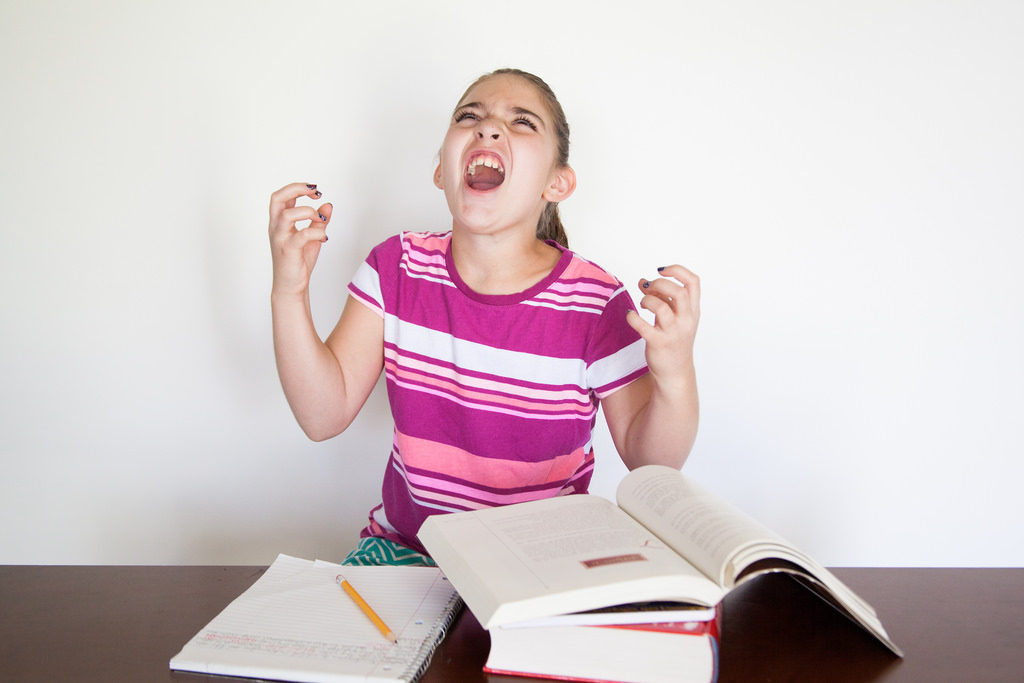
Since its inception in 2006, the Edge Foundation has demonstrated the power of its coaching techniques in the home, school and workplace settings. The effectiveness of our approach has been verified both in practice and by an independent research study. We wanted to share some of the elements that make the Edge coaching experience so powerful.
The Four Elements of Edge Coaching
There are 4 elements of the Edge Coaching approach that help make it so transformative.
Connection – A highly trained coach working one-on-one with a young person. Not parental, not disciplinary, not teacher, not therapist, and not just a well-meaning volunteer.
Agency – The youth directs the coaching session, not the adult. The coach asks “what is new for you this week?” Whatever the answer, the young person decides what to focus on and that becomes the agenda for the coaching session. The young person is in command.
Competence – The coach uses Edge’s non-directive questioning technique. This doesn’t direct the young person, but instead draws out a description and analysis of the problem being addressed, the young person’s goal, alternative strategies, and which strategy the youth wants to pursue in the coming week. The young person leaves the coaching session with total ownership of the problem, the goal, and the strategy to be used in the coming week. He or she feels competent to carry out the strategy for a week.
Repetition – Coaching sessions happen every week. If the strategy selected for the past week was ineffective, that is acknowledged and the coach and young person determine that a different strategy needs to be developed. This develops perseverance, grit and resilience.
What Makes Edge Coaching Different
Many programs have the first and last element: a caring adult and repetition, whether they bring in a volunteer to drill phonics or a peer mentor to talk about school problems. What makes Edge work is that we build AGENCY and COMPETENCE. We build attributes the young person is going to need throughout life – a sense of control, knowing that he or she is an effective person who can make decisions and control outcomes and practice recognizing problems and changing course when needed.
Edge uses the same techniques that executive coaches use with senior business leaders: draw out a clear identification of the issue, get the person being coached to identify alternative approaches and own a strategy, get together again in a week, identify and own the results, strategize and try some more.
Edge works with a lot of young people who have been given tutoring or mentoring but have not been offered a chance to make decisions and own outcomes. Our program has had great results even in the most difficult circumstances: with homeless youth, young people in foster care, and young people in the lowest income brackets at the most poorly performing schools.
The Core of Coaching
In the future, Edge will extend its coaching programs into new areas and in new directions. But the four elements above will continue to be what makes the Edge coaching approach one of the most effective ways to help individuals with attention and learning challenges develop self-regulation,perseverance,willpower and grit.


 Over the past several decades, U.S. parents and teachers have reported epidemic levels of children with trouble focusing, impulsive behavior and so much energy that they are bouncing off walls. Educators, policymakers and scientists have referred to ADHD, as a national crisis and have spent billions of dollars looking into its cause.
Over the past several decades, U.S. parents and teachers have reported epidemic levels of children with trouble focusing, impulsive behavior and so much energy that they are bouncing off walls. Educators, policymakers and scientists have referred to ADHD, as a national crisis and have spent billions of dollars looking into its cause.






 ADHD and Sleep Disorders
ADHD and Sleep Disorders